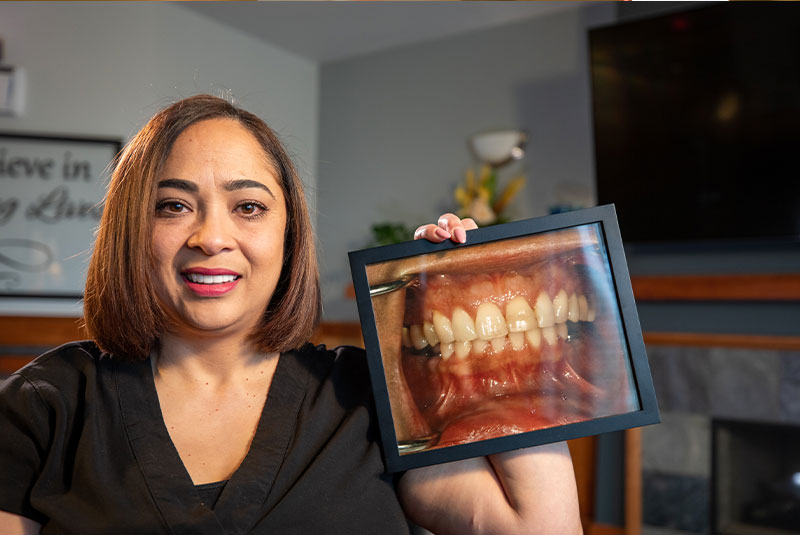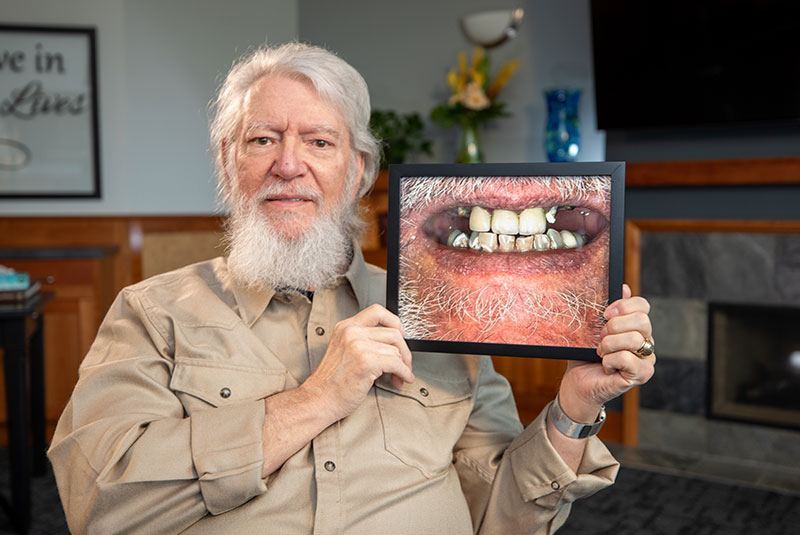Welcome to New Smiles where you can experience exceptional dental care with hometown values. We take great pride in providing you with comfortable amenities, a friendly, welcoming atmosphere, and innovative dental technology to craft personalized smiles. We offer a modern approach to dentistry by cultivating a practice where you are truly appreciated. Here, you have a dentist who listens to your needs, has compassion for your concerns, and can design a treatment plan that’s just for you. When you combine our experienced and compassionate dentists with our primary goals of your health and happiness, you’ll receive a brand-new smile you can feel good in. Your smile is worth a thousand words. Let us help you be confident in it!













